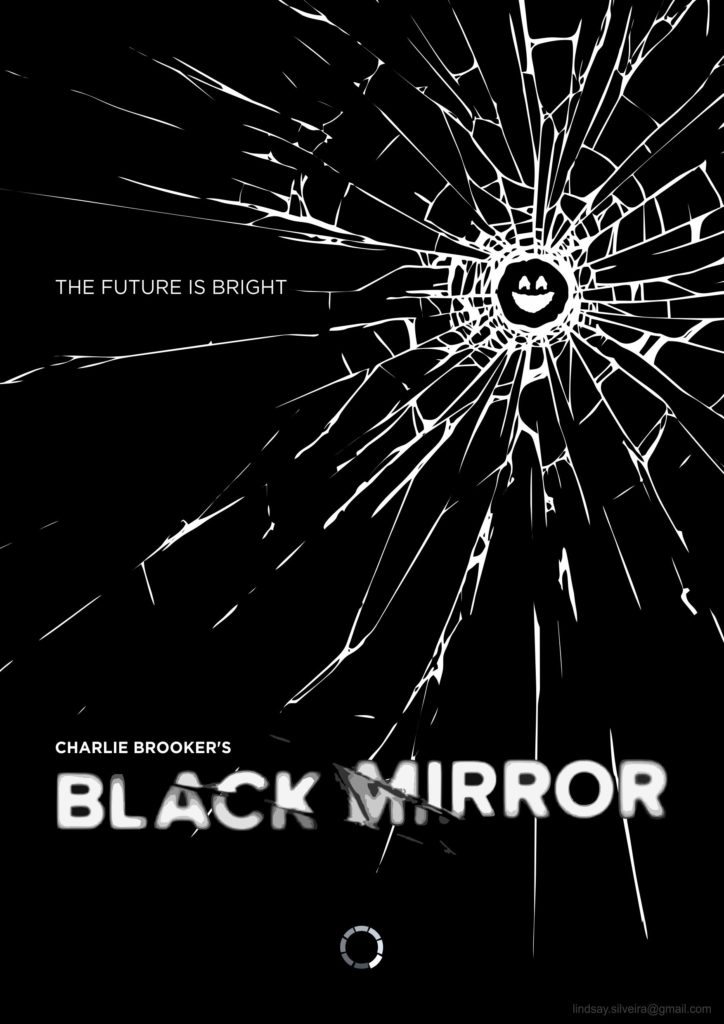How Black Mirror reflects our fears about technology
Charlie Brooker’s critically acclaimed Black Mirror is back for its third series and this time we have six episodes to whet our satirical appetites.
Following the same format of the previous two series, each episode of Black Mirror is a stand-alone narrative with a new cast, a new director and a new reality. The stories and the worlds in which they take place may be separate but the ideas behind them create a complex, paranoid web of connections.
Brooker’s fascination with technology continues in this series, this time exploring social media, gaming, hacking, mind control and the idea of technological simulation having the capacity to replace our realities. The episodes appear to assert that technology has the ability to bring out the worst in humanity, and through their plots we are brought to question whether we are victims of technology or its masochistic and willing slaves.
Perhaps technology was not made with ill intent and it is just us – the everyday men and women who have used it for bad purposes.
Perhaps technology was not made with ill intent and it is just us – the everyday men and women who have used it for bad purposes. Certainly in the series’ first episode, ‘Nosedive’, we are ushered into an uneasily familiar world where a person’s social status can be made or broken via acceptance of their constructed life on social media and – bookending the series nicely – Brooker’s final episode ‘Hated in the Nation’ presents social media’s ability to enable and mobilise mob mentality.
The episodes also consider the relatively new societal fear of a faceless enemy – a force in the ether that can access and expose anything we have ever done on, or even near, anything with a screen. In no episode is this more prominent than ‘Shut Up and Dance’, a terrifying look into hacking and the anonymous vigilantes who use this unique skill as their weapon.
Both ‘Men Against Fire’ and ‘Playtest’ explore the blinding and distorting effects of fear and the alarming willingness of people to say yes to technological intervention; as quickly and mindlessly as agreeing to Terms and Conditions. Whilst ‘Playtes’ considers the line between virtual reality and real life, however, ‘Men Against Fire‘ has the harrowing echoes of the Nazis’ eugenics programme; the “protecting of the bloodline” as one of the characters in futuristic post-war America calls it.
The dark overarching concepts across the entire third series makes for disturbing but all the same gripping viewing.
The dark overarching concepts across the entire third series makes for disturbing but all the same gripping viewing. There is one episode that stands out very distinctly, however, for offering a refreshingly hopeful view of technology. Whilst the other narratives expose technology’s capability to bring out the worst in mankind, ‘San Junipero‘ appears to argue that it can also bring out the best. This episode is a surprising mid-series gem that has a kind heart and a loving spirit. It considers whether heaven is an afterlife, a concept created between two people, or the ability to be young and free. There is an emphasis on nostalgia, reflected in the vivid colours of the sets and outfits in ‘San Junipero’, and the importance of remembering, which forges an unlikely link between this episode and the central character in the ‘Playtest’ who is determined to create and retain memories.
In amongst the delicious, terrifying, compulsively watchable dark satire is an entirely unexpected glimmer of hope that will bring a tear to the eye of any non-droid watching. Perhaps we’re in cyber hell, or perhaps heaven is a place on earth.

Comments